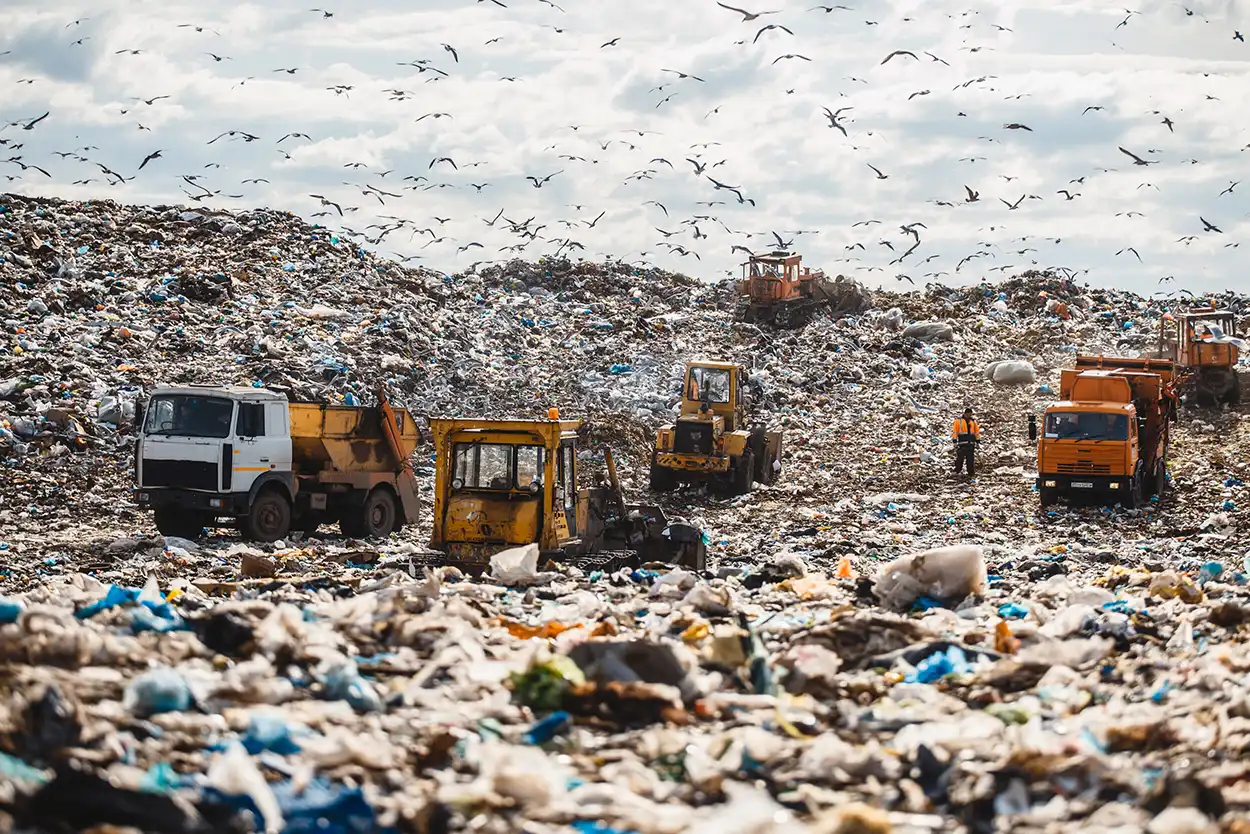“I liked that the webinar used professionals from the field with experience. It helped me learn and grow as an Environmental professional, as the information was relevant and direct. Additional resources and contact information were provided with the ability to re-watch the session and view previous sessions.”
– Anonymous Webinar Attendee
LightBox’s groundbreaking PFAS webinar series on higher-risk sites began in October with a webinar focused on PFAS risk at aviation facilities. The second event in this series, moderated by LightBox’s Principal Analyst Dianne Crocker on January 24th, brought to the surface the unique issues of assessing PFAS risk at landfills. Alan Agadoni, LightBox’s SVP EDR Solutions led a technical discussion with leading PFAS expert Jonathan Kitchen, a principal at Civil and Environmental Consultants who recently completed an extensive database study of PFAS sites in New England.
Below are a few key highlights from our event
- Identifying the location of landfills and other solid waste infrastructure around your Subject Property is an important part of the Phase I ESA process. There are nearly 100 state, county, and historical landfill data sets with over 100,000 records so environmental professionals have a broad universe of data to work with in identifying landfills at or near the target property. Landfills are also highly regulated, so when evaluating the risks associated with potential PFAS impacts in the vicinity of a solid waste facility, there will likely be information available (e.g. hydrogeologic info, groundwater monitoring, etc.).
- It’s important to recognize that conditions at landfills will vary with a range of factors to consider. As in any project, you want to start by leveraging data to determine if there are any current or historical landfills at or near the site and if there is a landfill. If so, consider factors like: is the landfill open or closed? Is it lined or unlined? The answers to questions like this will factor heavily into the risk assessment.
- With PFAS, it’s all about pathways and receptors and how they impact the risk potential. Geographic considerations are also important as regulations vary state by state. In a state where there’s risk-based regulation or if all water is designated as drinking water, more attention to PFAS risk will be warranted.
Bottom Line:
“If you have a site near a landfill, it’s knowable whether you’re up or down gradient and it’s knowable if that landfill has had problems with other contaminants in the past. There may be PFAS data and you may need to look in different places for it. Also remember that the plumes are long so you’re justified in thinking about a landfill’s impact on your property even over a long distance, especially if it is upgradient.” Jonathan Kitchen, CEC
PFAS is not yet listed as a hazardous substance under CERCLA, but may be in the future —perhaps as early as March 2024— when the USEPA scheduled an update on a final rule. As such, PFAS risk is worthy of consideration, especially on projects at or near properties with uses designated as high PFAS risk.
